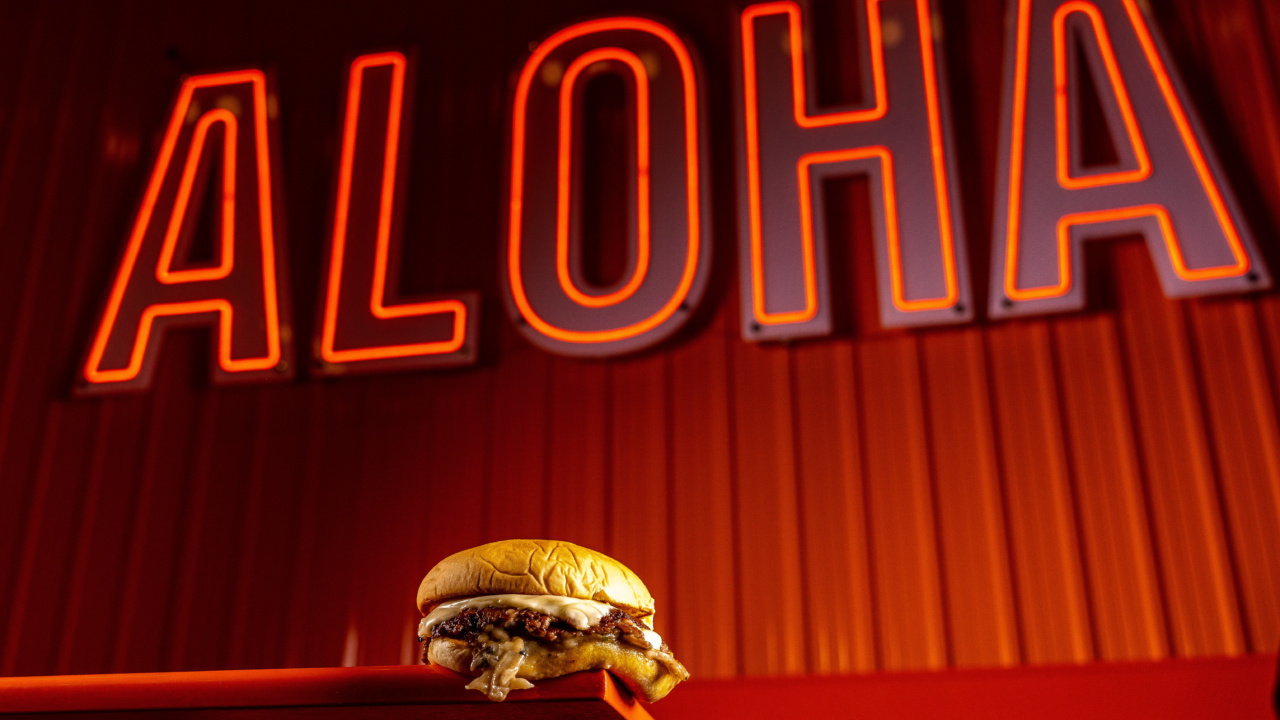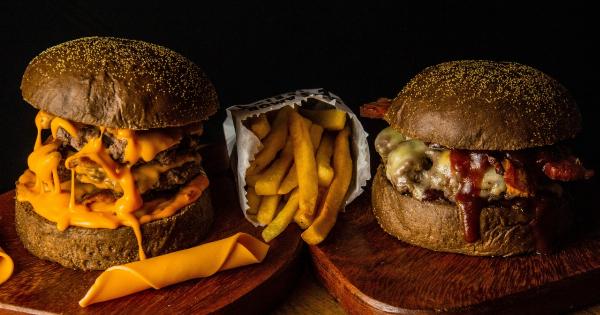There’s nothing quite like sinking your teeth into a juicy hamburger. Whether it’s a restaurant classic or a homemade creation, hamburgers are a beloved comfort food enjoyed by people all around the world.
But have you ever wondered what happens to your body after you indulge in a satisfying burger meal? In this article, we will explore the bodily reaction to a hamburger meal, focusing on the digestive process and how our body metabolizes this popular dish.
The First Bite: Chewing and Salivation
The journey of a hamburger meal starts even before you take your first bite. As you sink your teeth into the patty, the mechanical process of digestion begins.
Chewing breaks down the burger into smaller, more manageable pieces, allowing the enzymes in your saliva to start their work. Saliva contains amylase, an enzyme which begins to break down the carbohydrates in the bun.
Swallowing: The Esophagus and Peristalsis
After chewing and mixing the burger with saliva, you swallow it, and the journey continues down the esophagus. The esophagus is a muscular tube that connects your throat to your stomach.
The food travels through the esophagus via a process called peristalsis, wherein rhythmic contractions push the food down toward the stomach.
The Stomach: Acidic Environment and Protein Digestion
Once the burger reaches the stomach, it is greeted by a highly acidic environment. The stomach lining secretes gastric juices, including hydrochloric acid, digestive enzymes, and mucus.
The hydrochloric acid helps sterilize the food as well as denature proteins, enabling better digestion. The enzymes, such as pepsin, start breaking down the protein in the burger.
Small Intestine: Absorption of Nutrients
The partially digested burger now moves into the small intestine, where the majority of nutrient absorption takes place.
The small intestine is lined with tiny, finger-like projections called villi, which increase the surface area for nutrient absorption. Here, the remaining macronutrients – carbohydrates, proteins, and fats – are broken down further and absorbed into the bloodstream for distribution to the rest of the body.
Large Intestine: Water Absorption and Gut Microbiota
As the meal progresses through the digestive system, it enters the large intestine, also known as the colon. The primary function of the large intestine is to absorb water and electrolytes from the undigested food.
The colon is also inhabited by a diverse community of gut microbiota, which play a crucial role in fermentation and the production of certain vitamins. These bacteria break down any remaining fiber, producing gases that can cause bloating or flatulence in some individuals.
The Final Stage: Elimination
After the journey through the digestive system, what remains of the hamburger meal is waste material that the body cannot use. This waste, consisting mostly of indigestible fiber and dead bacteria, is formed into feces and stored in the rectum.
Eventually, it is eliminated from the body through the process of defecation.
Possible Effects on the Body
While hamburgers can be a delicious treat, it’s essential to consider their nutritional composition and potential effects on the body.
Burgers often contain high levels of saturated fat and sodium, which, when consumed in excess, can contribute to various health problems like obesity, high blood pressure, and cardiovascular diseases. Additionally, the high cooking temperatures required for grilling burgers may lead to the formation of harmful compounds such as heterocyclic amines and polycyclic aromatic hydrocarbons.
It’s worth noting that the body’s reaction to a hamburger meal can vary from person to person based on factors like metabolism, genetics, and overall diet.
Moderation, mindful ingredient choices, and incorporating a balanced diet are key to enjoying hamburgers while still maintaining a healthy lifestyle.






























